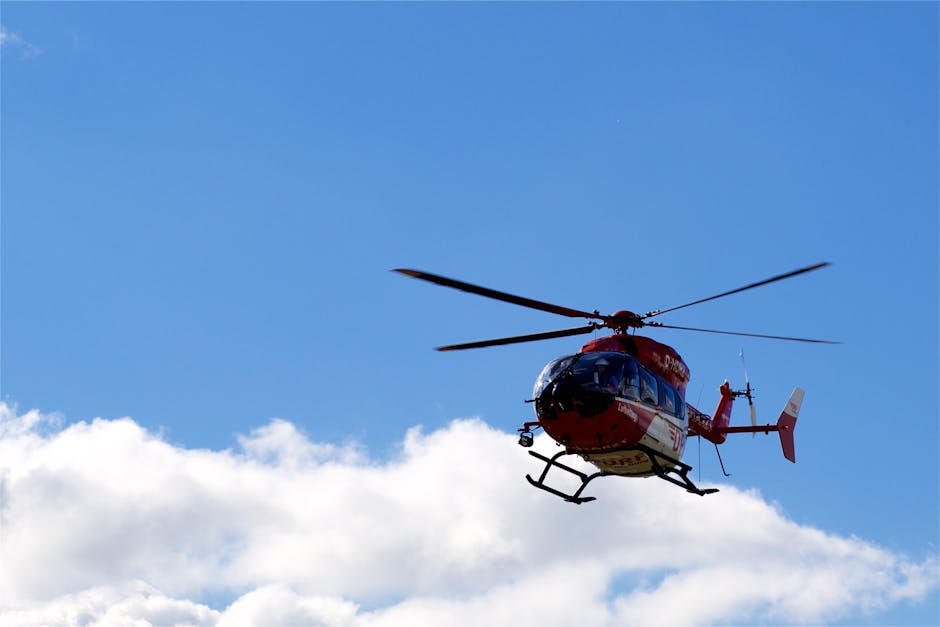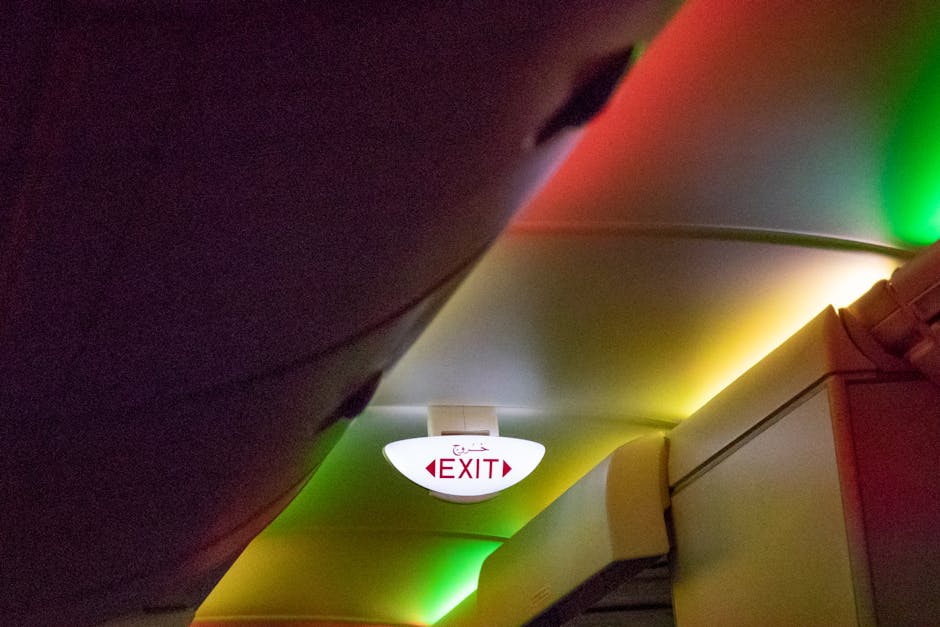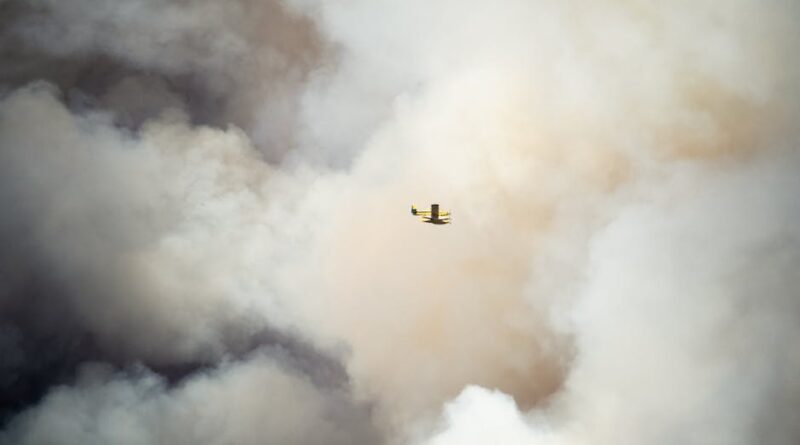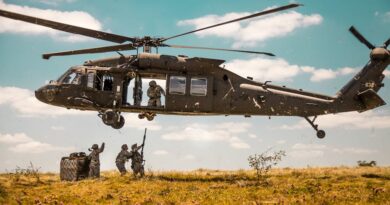What to Do in an In-Flight Emergency
Did you know that flying is one of the safest ways to travel? Statistically, it’s far more secure than driving. However, emergencies can still happen. Knowing what to do can help you stay calm and safe. Lets explore how to handle in-flight emergencies.
What Types of In-Flight Emergencies Can Occur?

Emergencies on a plane can vary widely. Here are some common types:
- Medical emergencies: A passenger might have a health issue.
- Technical issues: There could be a problem with the plane’s engines or systems.
- Turbulence: Unexpected bumps from weather can shake the plane.
- Fire: Fires can occur, though they are very rare.
Understanding these scenarios can prepare you for the unexpected.
How Should You React to a Medical Emergency?

What if someone gets sick or injured during the flight? First, stay calm. Remember, flight attendants are trained for this. They can help you assess the situation.
If you’re a doctor or nurse, let the crew know. They might ask for your assistance. In case of a medical emergency:
- Stay seated until instructed to move.
- Help if you can, but follow the flight attendants lead.
- Keep the area clear for medical supplies.
In some cases, the crew may need to divert the flight to get medical help. Always follow their instructions for your safety and the safety of others.
What Should You Do During Technical Issues?

Technical issues can sound scary, but planes are designed to handle them. What should you expect? Here are some signs:
- You might hear unusual noises from the engines.
- The plane might shake or vibrate more than usual.
- The pilot may make announcements about the situation.
In these moments, listen carefully to the flight crew. They are trained to handle emergencies. Heres what to do:
- Stay seated and buckle your seatbelt.
- Remain calm and engaged with the crew’s instructions.
- Prepare for potential landing by reviewing safety procedures.
And remember, turbulence is common and usually harmless. However, if it gets severe, the crew will guide you on what to do.
How to Handle Turbulence Safely?

Turbulence can feel unsettling, but it is typically not dangerous. Why does it happen? Think of it like driving over a bumpy road. Heres how to stay safe during turbulence:
- Always wear your seatbelt when seated.
- Listen for announcements from the crew.
- Keep calmturbulence will pass.
Most importantly, don’t panic. The plane is built to withstand these bumps, and pilots are trained to navigate through or around turbulence.
What If Theres a Fire on the Plane?
Though fires are rare, they can still occur. What should you do if you smell smoke or see flames? Stay calm and act quickly. Heres a step-by-step guide:
- Alert the flight attendants immediately.
- If you see smoke, move away from it.
- Listen to the crew for instructions on evacuation.
Flight attendants train for these situations. Follow their lead, as they know how to handle emergencies. In the unlikely event of needing to evacuate, remember:
- Leave your belongings behind.
- Use the nearest exitdont wait for the front door.
- Stay low if theres smoke.
What Should You Know About Safety Equipment?
Planes are equipped with safety gear to help in emergencies. Familiarize yourself with these items:
- Life vests: Found under your seat, they are easy to use.
- Oxygen masks: These drop down if cabin pressure drops.
- Emergency exits: Know where they are located.
Before takeoff, review the safety card in your seat pocket. It shows how to use this equipment and where the exits are located.
How to Prepare Before Flying?
Preparation is key to staying calm during emergencies. Heres how to get ready:
- Arrive early at the airport to avoid rushing.
- Pay attention to the safety demonstration, even if youve heard it before.
- Be mindful of your surroundings and the location of exits.
Keeping a relaxed mindset can help you respond better to any emergency.
What Are Common Misconceptions About Flying?
Many people fear flying due to myths and misunderstandings. Here are some common misconceptions:
- Myth: Planes are prone to crashing. Fact: Air travel is one of the safest modes of transport.
- Myth: Turbulence can cause crashes. Fact: Pilots are trained to handle turbulence, and planes are built to endure it.
- Myth: Oxygen masks are only for emergencies. Fact: they’re a safety feature, and using them is straightforward.
Educating yourself can ease your anxiety. Always ask questions if you’re uncertain about something related to flying.
Conclusion: Key Takeaways for In-Flight Emergencies
In-flight emergencies may sound frightening, but being prepared and informed can make a big difference. Heres a quick recap of what you should do:
- Stay calm and listen to the flight crew.
- Know where safety equipment is located.
- Be aware of your surroundings and emergency exits.
Flying is a safe experience, and preparation is your best ally. If you want to learn more about air travel safety, check out the FAA’s Fly Safe page. it’s filled with helpful tips and information.
Remember, knowledge is power. When you know what to do, you can fly with confidence. Safe travels!



